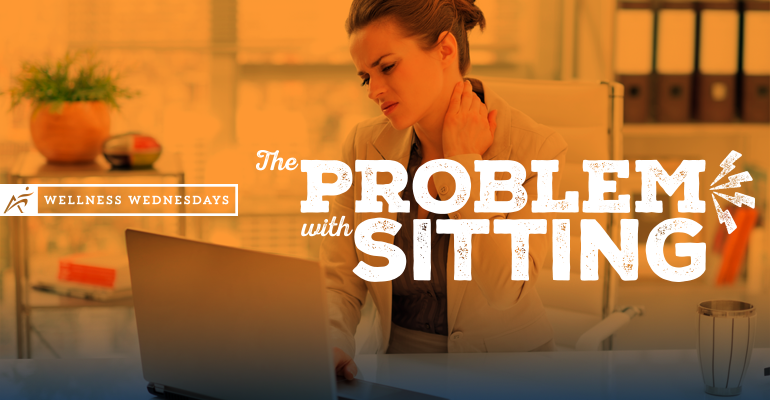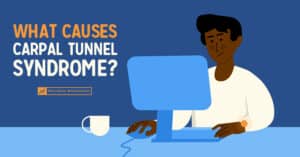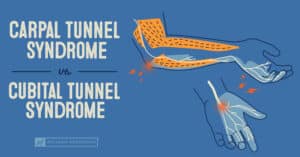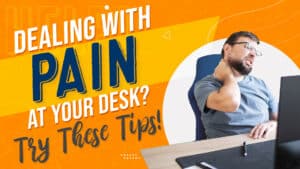As more and more Americans migrate to desk jobs, their posture, organ health and muscle strength begins to suffer. Hunching over a keyboard for hours on end leads to a permanent slouch that can not only cause aches and pains, but contribute to serious health issues over time.
Pains Of Sitting
Poor Posture. Craning your neck towards your monitor or twisting your neck to cradle a phone while typing can strain the cervical vertebrae in your neck. This can cause adhesions to build up leaving you with annoying and painful kinks. If left uncorrected, these habits can lead to permanent imbalances in the neck, shoulders and upper back producing an ever-present slouch.
Organ Damage. Active muscles and cells allow blood to flow easily and help clear out fatty acids in the heart. Sitting all day slows down this process which can lead to high cholesterol and blood pressure. In addition to the heart, a sedentary lifestyle impacts the pancreas. Because idle muscles don’t respond to insulin as well as active cells, the pancreas is put into overdrive and continues to pump out more and more trying to get the muscles the insulin they need. Over time an overworked pancreas can lead to diabetes and other diseases.
Weakened Muscles. When muscles aren’t used, they become weak. The abdominals, glutes and hips are all used when standing or walking to keep you upright and stable, but when sitting, they are forgotten. As they sit unused, they become weaker and weaker. Eventually, your body learns to compensate for their weakness when you stand or walk by activating other stronger muscles. This can lead to imbalances in the body that produce aches and pain.
Combatting Sitting
Wobble a Little. Sitting on something slightly unstable, like an exercise ball, forces you to engage your core muscles to keep from tumbling over. Ideally, you want to sit up straight with your feet flat on the floor in front of you. Combined, your feet should support about a quarter of your weight in this position.
Stretch Your Hips. The best way to keep your hip flexors from getting tight and rigid is to stretch them on a daily basis. Begin in a lunge position with your back knee on a padded mat. Position your front foot slightly beyond your forward knee. Next place your hands on the knee. While making sure your hips are square, straighten the hip of the rear leg by pushing your hips forward. Hold this position for at least 20 seconds. Repeat on the opposite side.
Switch it Up. Keep your muscles strong and limber by switching up your routine. If you can, try working standing up from time to time throughout the day. If that’s not an option, make sure you take walking breaks to keep your muscles moving. These breaks also remind you to check in on your posture and realign yourself.
If your desk job has left you with an achey back or tight hips, contact Airrosti today to find a provider near you. Our providers pinpoint the root cause of your pain and treat it quickly and efficiently at the source.
Read our Medical Disclaimer here.










